| Feature | Structured Planner | Flexible Journal |
|---|---|---|
| Daily Tasks | Task lists, schedules | Custom daily logs |
| Goal Tracking | Milestones, deadlines | Habit trackers, ideas |
| Creative Space | Minimal notes | Unlimited customization |
Duo planners balance structure and creativity, making them perfect for busy professionals, students, or anyone juggling multiple priorities. Start with a simple pairing like a daily planner and a journal, and customize as you go!
Duo planners offer a mix of structure and open-ended space, making it easier to manage both your daily responsibilities and bigger-picture goals. For example, tools like the Hobonichi Weeks provide scheduled layouts to track appointments and deadlines, while also leaving room for brainstorming and creative thinking. This setup helps you stay on top of immediate priorities while keeping long-term projects in focus.
"The Hobonichi Techo Cousin A5 offers what I think of as structured flexibility, which is perfect for me. The yearly, monthly, and weekly views give me a place to store important dates and appointments as well as plan ahead to hit deadlines and complete long-term projects." – Fifty Shades of Snail [4]
The dual formats in duo planners make it easier to stick to a planning routine. By blending structured layouts with flexible options, these planners cater to a variety of planning styles, keeping users engaged.
| Planning Element | Structured Format | Flexible Format |
|---|---|---|
| Daily/Weekly Planning | Task lists, appointments | Reflection, brainstorming |
| Monthly Overview | Deadline tracking | Project ideas |
| Progress Monitoring | Milestones, goal tracking | Habit tracking |
This combination helps you stay productive while building a sustainable planning habit. The variety ensures the system feels fresh and adaptable to your changing needs.
Duo planners allow for customization, letting you shape your planning system to fit your lifestyle. This personal touch makes the process more enjoyable and keeps you engaged over time. As your needs shift, the planner can evolve with you, ensuring it remains a reliable tool for staying organized.
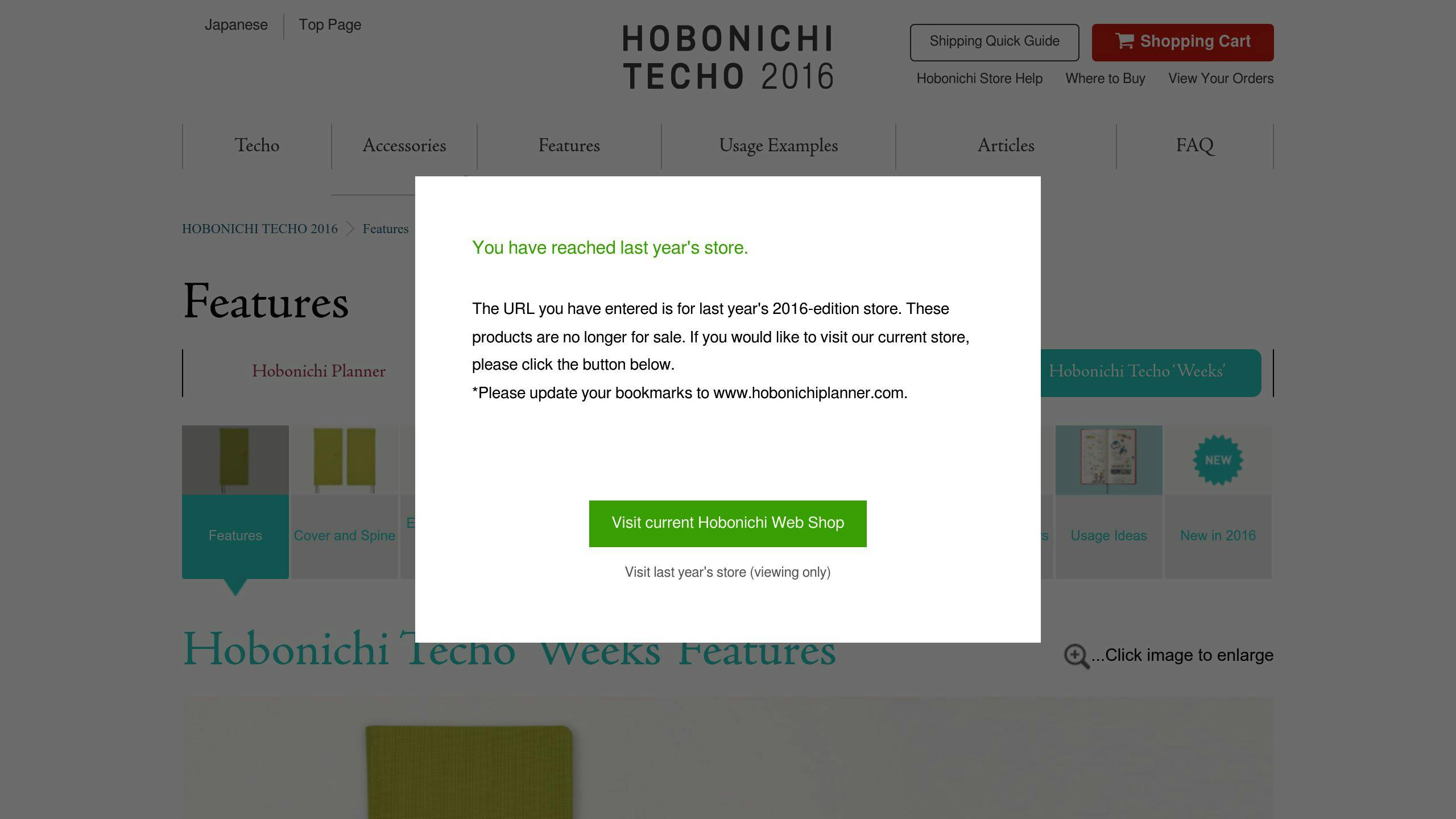
Using a Hobonichi Weeks alongside a bullet journal offers a blend of structured weekly planning and creative freedom. The Hobonichi Weeks Mega, for example, can include elements like future logs, monthly logs, and trackers [2], while still providing its reliable weekly layout for scheduling appointments and deadlines.
| Planning Component | Hobonichi Weeks | Bullet Journal |
|---|---|---|
| Daily Tasks | Weekly layout | Custom daily logs |
| Long-term Planning | Monthly calendars | Future logs |
| Goal Tracking | Appointment tracking | Habit trackers |
| Creative Space | Minimal notes | Unlimited customization |
Pairing a daily planner with a journal creates a versatile system for balancing productivity and personal growth. The daily planner focuses on managing schedules and tasks, while the journal offers space for reflection, brainstorming, and personal insights [1].
The key to success is assigning distinct roles to each tool. The daily planner acts as the go-to for organizing tasks and appointments, while the journal becomes a dedicated space for creativity and self-reflection. This separation helps streamline organization and clear mental clutter [1].
For those who want structure without sacrificing creativity, combining pre-designed planners with customizable journals is another solid option. This approach ensures both efficient planning and room for personal expression.
Using a duo planner effectively can help you stay organized and balanced. Here’s how to make the most of it.
Dedicate specific pages in your planners to both short- and long-term goals. Break these down into smaller, actionable steps you can tackle daily or weekly. For example, you might use a Hobonichi Weeks planner for scheduling and a bullet journal for mapping out detailed tasks.
Here’s a simple way to assign planners to different goal types:
| Goal Type | Primary Planner | Supporting Planner |
|---|---|---|
| Long-term Vision | Bullet Journal | Weekly Progress Notes |
| Quarterly Goals | Hobonichi Weeks | Monthly Reflections |
| Monthly Targets | Daily Planner | Journal Tracking |
| Weekly Tasks | Task Lists | Creative Brainstorming |
Once your goals are organized, it’s time to make your planner system work for you by personalizing it.
Customizing your planner setup is essential for staying consistent. Adjust it to match your workflow and preferences. Add visual elements like color coding or stickers to make sections distinct and easier to navigate.
Here’s how you can structure your setup:
Personalization helps you stay engaged, but regular reviews are just as important for keeping your planning system on track.
Set aside time each week to evaluate your progress and fine-tune your plans. During these reviews:
These reviews will help you stay organized, adapt to changes, and keep your duo planner system running smoothly [6].
Once your planning system is set up, adding visual elements can make it more practical and enjoyable to use.
Stickers can make planning both fun and visually organized. They serve multiple purposes, from labeling sections to tracking tasks. For example:
| Sticker Type | Main Use | Additional Use |
|---|---|---|
| Headers | Daily Schedules | Journal Topics |
| Checklists | Task Tracking | Goal Tracking |
| Icons | Key Dates | Mood Tracking |
| Decorative | Monthly Covers | Creative Spreads |
When using stickers, aim for a balance between style and practicality. Save detailed designs for special pages and stick to simpler options for day-to-day sections.
Adding thoughtful decorations can improve both the look and functionality of your planner. Here are a few ideas:
These small touches can make your planner more organized and uniquely yours.
Duo planners bring together organization and personal expression, helping users manage their schedules while adding a personal touch. These planners provide dedicated sections for work and personal tasks, making it easier to keep life organized without feeling overwhelmed. By separating different areas of your life, they help maintain focus and ensure nothing is overlooked. The structured layouts encourage consistency, while creative features make the process enjoyable and engaging.
This combination makes duo planners a great option for anyone looking to stay productive while adding a bit of creativity to their planning routine.
If you’re intrigued by the idea, starting is simple. Try pairing a basic daily planner for structure with a journal for creative freedom. Adjust and refine your system as you figure out what works best for you.
Here’s a quick guide to choosing the right tools:
| Planning Need | Recommended Format | Benefits |
|---|---|---|
| Daily Tasks | Structured Planner | Clear timeline, efficient organization |
| Creative Projects | Flexible Journal | Open layout, room for personal ideas |
| Goal Tracking | Combined System | Holistic view, encourages accountability |
Here are answers to some common questions about creating a well-balanced duo planner system.
Some popular combinations include structured planners like the Hobonichi Weeks paired with more flexible tools such as bullet journals. This mix provides both scheduling structure and space for creativity [5]. Different setups cater to different needs:
| Planner Type | Ideal For | Benefits |
|---|---|---|
| Weekly + Bullet Journal | Creative professionals | Combines structure with artistic flexibility |
| Daily + Reflection Journal | Busy professionals | Helps with scheduling and goal tracking |
| Digital + Paper Hybrid | Tech-savvy users | Merges digital convenience with tangible planning |
The key is to tailor the system to your routine instead of forcing a rigid structure. Regularly reviewing your setup ensures both planners complement each other effectively [3][7].
When deciding on a combination, think about:
Clearly define the role of each planner and stick to it. For instance, use a paper planner for daily tasks and a digital calendar for long-term planning. A hybrid approach works well when each tool has a specific purpose [3][7].
Many people find success by combining digital tools with paper systems, taking advantage of the strengths of both formats. Just make sure to establish clear boundaries for how and when you use each tool.
Stickers Made for Planning
Our custom stickers are a fuss-free way to brighten up your planner pages with perfectly-sized designs that add a spark of personality to every layout.
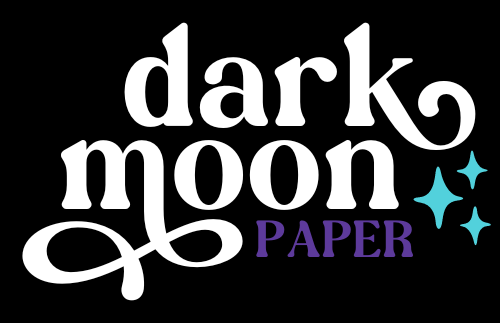
Why use planner stickers?
Planner stickers make organizing easy, fun, and personal! Add color, creativity, and structure to every page, transforming your planner into a tool that reflects you. Perfect for tracking, decorating, and staying inspired daily!
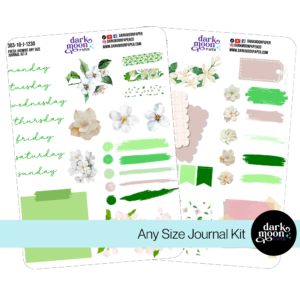
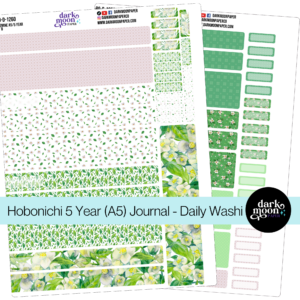
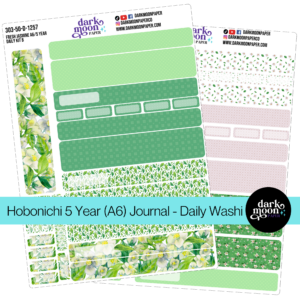
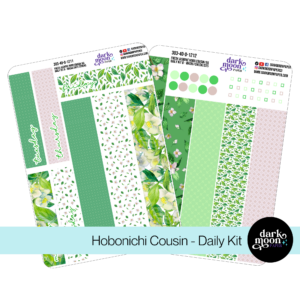
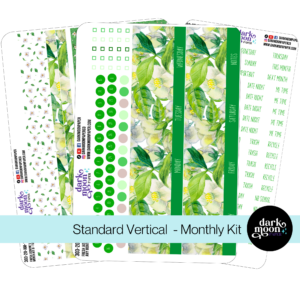
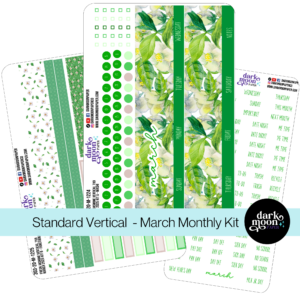
Hello and welcome!
I’m Rachael Snow, a lifelong artist and entrepreneur, and I started Dark Moon Paper to blend my love of art, technology, and the mysterious beauty of the world around us. My sticker kits are meant to set the mood, tell a story, and give you a little escape from the ordinary.
I work from my cozy studio tucked away in the beautiful woods of Oregon, surrounded by nature and a dark night sky full of stars.